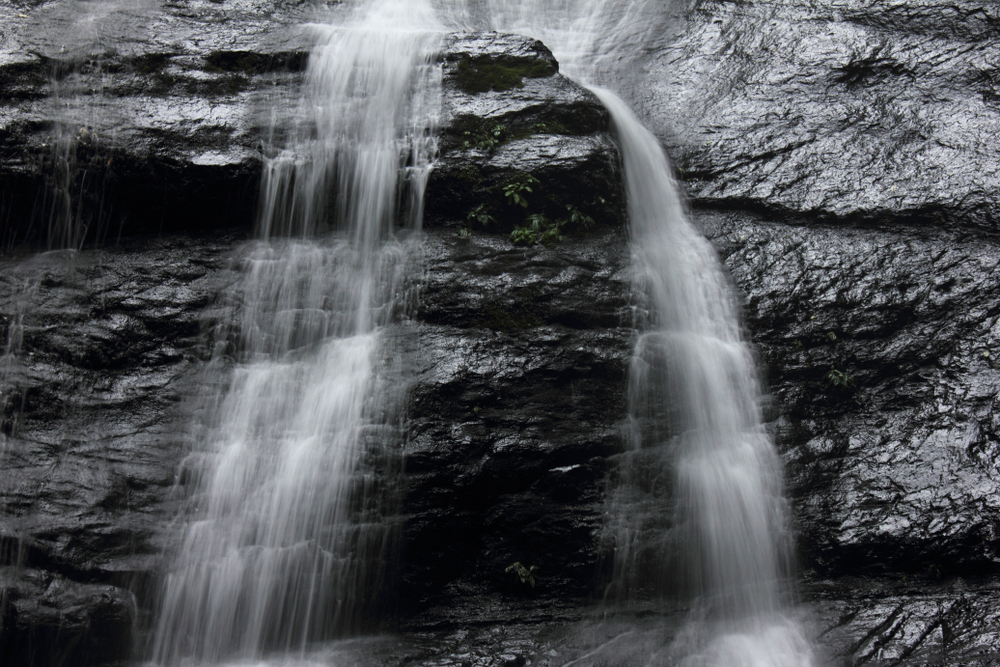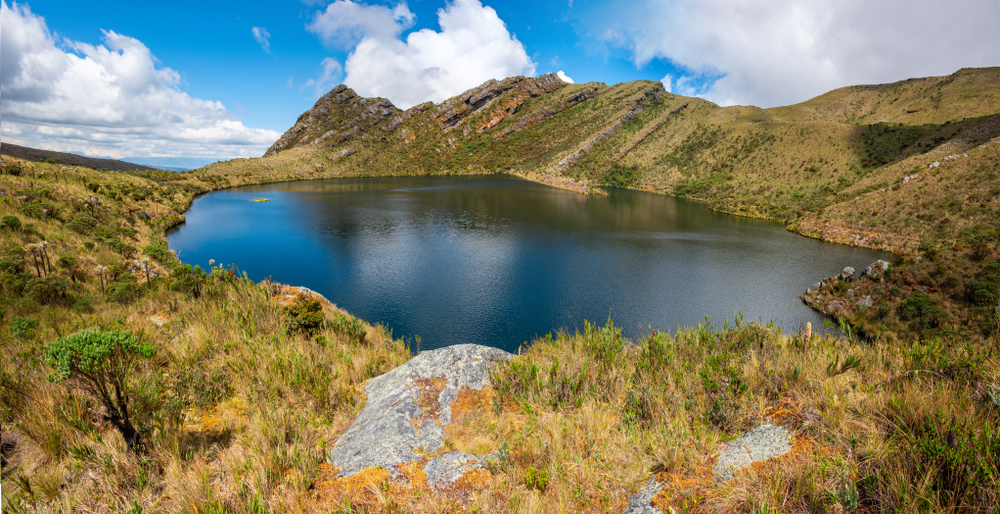Cueva de los Guacharos Overview
Cueva de los Guácharos National Park, located in the Andean region of Colombia, spans approximately 140 square miles (360 square kilometers) across the departments of Huila and Caquetá. Named after the nocturnal oilbird, or guácharo, the park preserves one of the most important cave ecosystems in the country.
It is part of the larger Andean-Amazon transition zone, where the rugged landscape includes deep caves, towering limestone cliffs, and dense cloud forests. The Magdalena River basin shapes much of the park’s geography, and among its most notable features are the Cueva de los Guácharos caverns, which host extensive stalactite and stalagmite formations.
Rivers such as the Suaza and Sarabando carve through the terrain, forming waterfalls and gorges surrounded by lush vegetation. The park is covered in montane and cloud forests, featuring species like wax palms, giant ferns, and moss-laden trees that thrive in the misty, humid environment.
The park is home to a wide variety of wildlife, including rare and endangered species. Among the mammals, visitors may spot spectacled bears, mountain tapirs, and pumas roaming through the dense forest. The nocturnal guácharo birds, which give the park its name, are a significant highlight.
These cave-dwelling birds use echolocation to navigate in the dark, much like bats. The park also hosts a variety of other bird species, including Andean cock-of-the-rock, toucan barbets, and wattled guans, making it an important site for birdwatching. Amphibians such as glass frogs and harlequin toads inhabit the park’s riverbanks, benefiting from the park’s humid microclimates.
One of the most popular attractions is the Cueva de los Guácharos itself, a vast cave system inhabited by colonies of oilbirds. Visitors often explore these caves on guided tours, learning about their geological formations and unique ecosystems. Other notable areas include the Suaza River Valley, where crystal-clear waters create small waterfalls and pools, and the Alto de Cueva, a high-altitude section offering panoramic views of the surrounding mountains and forests.
Hiking is the primary way to experience the park, with trails leading through dense cloud forests and up steep ridges. Birdwatching tours attract nature enthusiasts looking to spot rare Andean species, while those interested in adventure can explore the cave networks with experienced guides.
The park plays a crucial role in conservation efforts, particularly in protecting the endangered Andean bear and the unique cave ecosystems that support oilbirds. However, it faces ongoing challenges, including illegal logging and land encroachment, which threaten its biodiversity.
Conservation initiatives focus on habitat restoration and sustainable tourism, ensuring that visitors can experience the park’s beauty without harming its fragile environment. Thanks to continued management efforts, the park remains a vital sanctuary for Colombia’s diverse wildlife and an important ecological corridor between the Andes and the Amazon.














































































